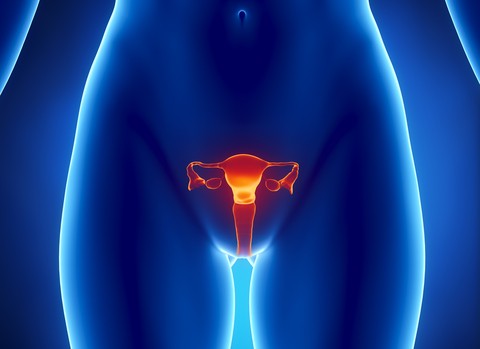Futuristic advances in women's sexual health are few and far between. Sometimes though, hard science comes up with something truly incredible. Doctors at Wake Forest Baptist Hospital in North Carolina have made one such advancement to help women with a rare condition called vaginal aplasia. Basically, vaginal aplasia occurs when the vulva and vagina do not develop properly during gestation. This results in various types of irregularities of size and shape, including one vagina that was little more than a dimple. Similarly, vaginal atresia is a congenital defect defined as the absence of a functioning vagina.
Until recently, the main course of action in treating vaginal aplasia or atresia was vaginoplasty - literally plastic surgery for vaginas. Depending on the exact nature of the malformed tissue, vaginoplasty would be done in tandem with vulvaplasty or labiaplasty. So-called neovaginoplasty is a more advanced technique that involves partial construction of a new vagina from tissue from other parts of the body, like intestines or skin. It's better than previous alternatives, but neovagioplasty still involves fashioning non-functioning sex organs from other parts of the body. Fortunately, modern science combined with contemporary thinking has made incredible strides in addressing these conditions and improving the (sex) lives of those who suffer from them.
Enter lab-grown vaginas. Doctors at Wake Forest Baptist Medical Center were able to grow vaginas in a lab, and transplant them into women who suffer from vaginal aplasia. In April 2014, it was reported that the process had been successfully completed four times in women who first received the surgery eight years ago, indicating long-term success. Recipients of the lab grown vaginas reported feeling happier and more confident. The women also reported that their new lady parts were completely functional sexually. While two of the women had aplasia severe enough to impact other reproductive organs, two did not. No pregnancies have been reported yet, but the doctors say they have no reason to think conception -or even vaginal delivery - won't be possible. Wow, right?
So, how was this miracle accomplished? Muscle and other tissue samples were taken from each woman, and then grown into a larger "batch" of cells. Multiple three-dimensional scans were taken of each woman's vulva and vaginal region. The scans were then used to design a three-dimensional scaffolding that was then printed out of biodegradable material with a 3-D printer. Vaginal lining cells were then attached inside the tube-shaped scaffolding, while muscle cells were attached to the outer scaffold walls. All this was left to grow in a bioreactor until a brand, spanking new vagina was deemed ready for surgical implantation. I don't mind telling you, I think that's utterly amazing. (3-D printing might also allow you to make your own sex toys one day. Find out more in Why the Future of Sex Toys Might Be DIY.)
The implications of the ability to grow and implant lab-created body parts are staggering. Sexually speaking, the thinking is that this technology can also be used in gender reassignment surgery, although doctors at Wake Forest Baptist Hospital were clear in saying that they have no immediate plans to test that. What we can say for sure is that science that gives people more confidence and better sex lives is a very good thing.
science that gives people more confidence and better sex lives is a very good thing.




